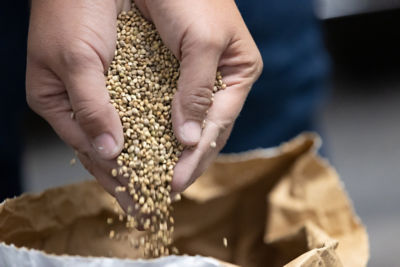Causal Agent
Colletotrichum coccodes, C. dematium, C. gloeosporioides and other species (teleomorph:Glomerella cingulata)
Distribution
Worldwide
Symptoms
Infection can occur on the fruits, stems, leaves and roots, with the fruit and root infections being the most serious. Although the fruit is readily infected when it is green, symptoms do not appear until it ripens. The initial lesions are sunken and circular and become depressed with concentric ring markings as they expand. The lesion centers become tan and many dark specks (microsclerotia) develop. In wet weather numerous conidia are produced in a slimy, pink, gelatin-like mass on the lesion surface. Infected roots develop brown lesions with microsclerotia developing on the root surface. This symptom has given rise to the common name for this disease, black dot root rot. Root infection is commonly associated with corky root caused by Pyrenochaeta lycopersici. Leaf infection is rarely a problem and is characterized by small brown circular lesions surrounded by a yellow halo.
 Fruit lesion with concentric rings developing. (Courtesy of Clemson University – U.S. Department of Agriculture Cooperative Extension Slide Series, Bugwood.org)
Fruit lesion with concentric rings developing. (Courtesy of Clemson University – U.S. Department of Agriculture Cooperative Extension Slide Series, Bugwood.org)
Conditions for Development
This fungus is generally considered a weak pathogen, however, it has a wide host range (68 species) and can survive in the soil on decaying plant material for several years. Free moisture and temperatures between 10-30°C (50-86°F) favor host infection. Fungal conidia and microsclerotia can infect host tissue directly in contact with infested soil or they can be disseminated to host tissue by splashing rain and overhead irrigation. They then penetrate the tissue directly or enter through wounds. Root infection generally occurs when the fungal inoculum is high and the plants are nutritionally stressed due to unfavorable growing conditions or infection from another pathogen, especially Pyrenochaeta lycopersici.
Control
A fungicide spray program initiated at the first green fruit stage and continued to harvest can be used to control this disease. Crop rotation to a non-host can prevent the buildup of the fungus in the soil and reduce losses from this disease. Broad-spectrum fumigants and avoiding root injury can also reduce losses from black dot root rot.



